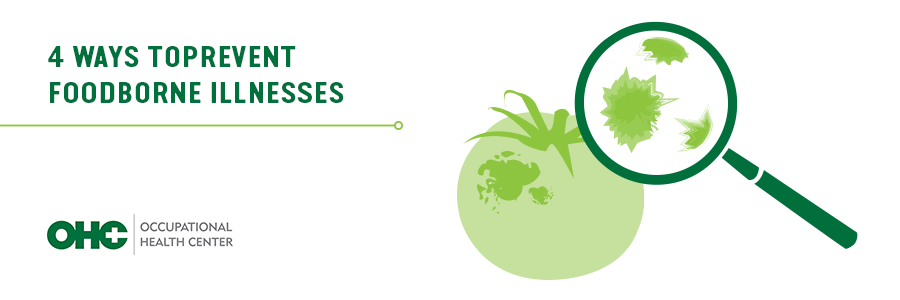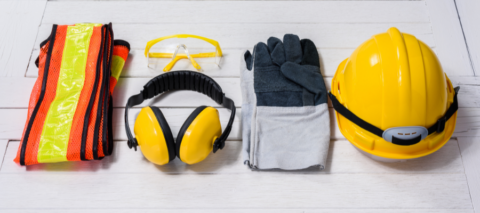September is National Food Safety Awareness Month, but it’s always important to prevent foodborne illnesses. Food safety failures are common in the restaurant industry, but there are simple things food handlers can do to prevent the spread of germs that cause food sickness.
Foodborne germs know how to make their presence known. Did you know you can’t actually see, smell, or taste the bacteria or viruses that cause food sickness? It’s important to prevent the possibility of foodborne illnesses in every aspect of food handling, cooking, and storage. Follow these four basic steps to keep food safe:
Keep things clean
Wash your hands and surfaces often. When washing hands, be sure to use warm water and soap for 20 seconds before and after handling food. If possible, wear single-use gloves when handling food.
Keep foods separated
Whatever you do, don’t cross-contaminate. Always clean and sanitize cutting boards, utensils, counter tops, etc. after they are used and before working with a different type of food.
Follow instructions
Cook or freeze poultry, fish, and ground meats within two days. Cook or freeze other beef, veal, lamb, and pork within three to five days. And be sure to cook foods at the correct temperature. Use a food thermometer to ensure the proper temperature is reached. After cooking meat, allow it to rest for at least three minutes before carving or eating.
Store properly
Refrigerate foods promptly (perishable foods should be refrigerated within two hours) and at the correct temperature (the refrigerator should be 40° F or below and the freezer at 0° F or below).
Thaw food in the refrigerator, which allows for slower, safer thawing. Be sure food is properly covered so it cannot drip onto other foods.
OHC believes prevention is better than the cure. Healthy and happy customers start with healthy and happy workers. For help or more information about food safety education, give us a call.







